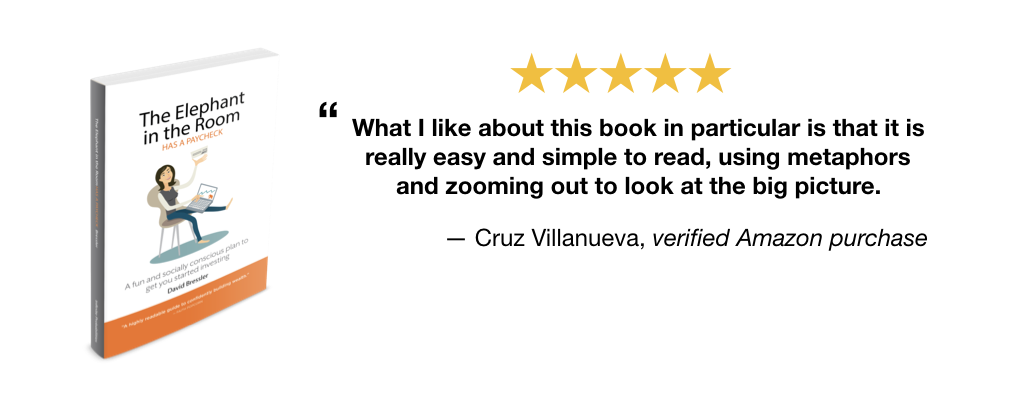I believe we can use innovative ways of measuring our success to reinforce our motivation to save, especially when we’re looking at a long time horizon (like saving for retirement).
Imagine you save $100, and that $100 earns you $10 (per year) in dividends. That’s a 10% return.
Let’s say, your investment increases to $150, and over that time, the company increases it’s dividend in proportion. That means, your dividend will be $15. Still, a 10% return.
Keep in mind, these increases, and that high a return are not real numbers. I’m using them to keep the math simple to make a point.
Let’s take a closer look at this example. I started with $100 dollars. That $100 dollars is earning $10/year or 10%. Time passes. I’m now earning $15/year. That’s a 15% return (each year) on my initial investment.
But, the financial community, they don’t measure it this way. They look at the current value of the stock to measure the return. As such, they look at the current value of the investment of $150, and say that the $15/year dividend is 10%. And, it is… if you were to purchase that investment today.
What’s missing is a way to measure the impact of time on our dividend income investment blueprint.
In order to reflect the value of time in our metrics, we will call the way the financial community measures return “Current Return” to reflect the return on the current value of the investments. We’ll use the metric “Actual Return” to measure the return on the actual amount invested. This terminology reflects the decision we make when choosing whether to invest that $100 or spend it at the time we are making that decision. It also gives us a way to understand the utility you’ve achieved by making the decision to save it, when looking back on that decision at some point in the future.


Let me know what you think